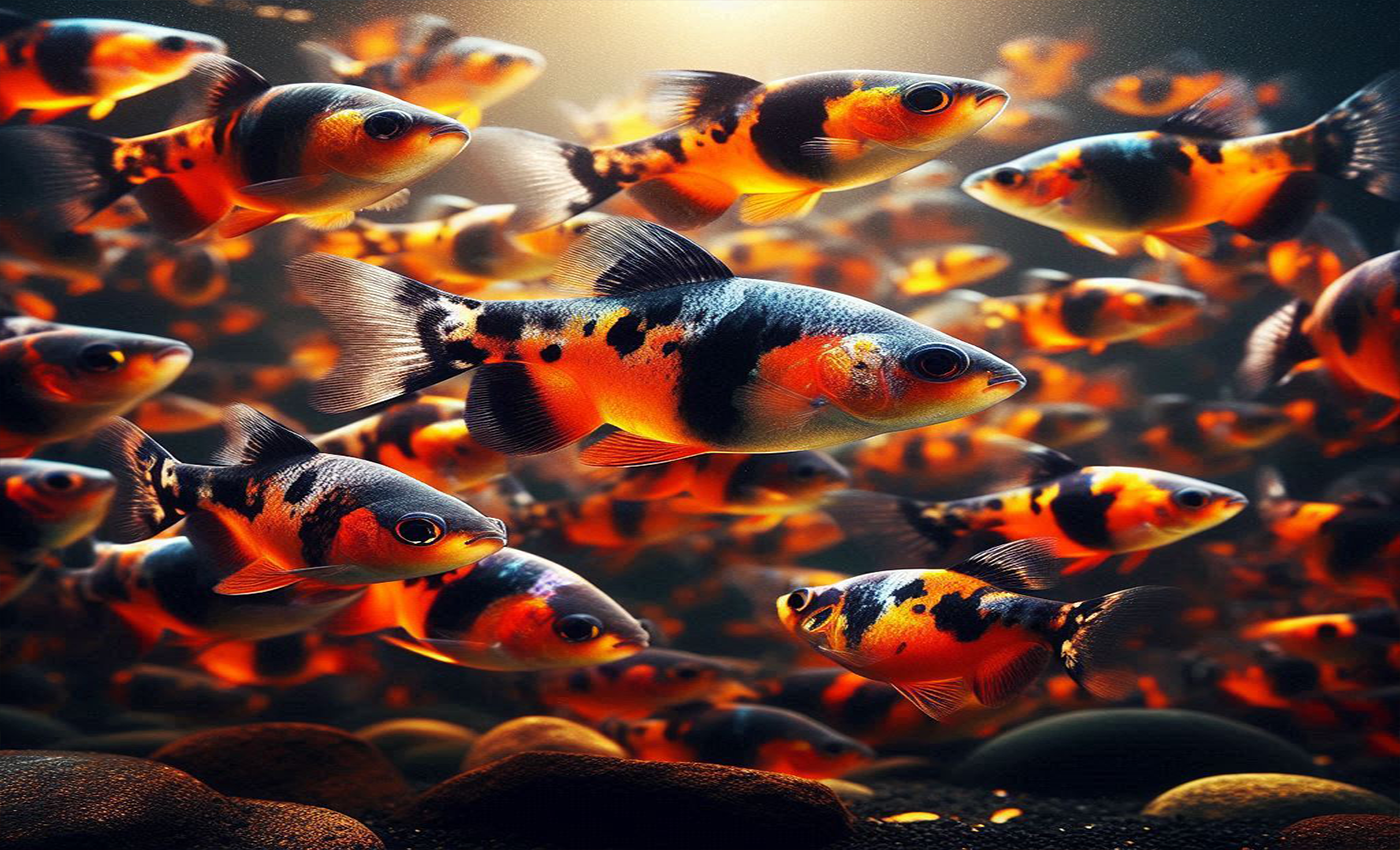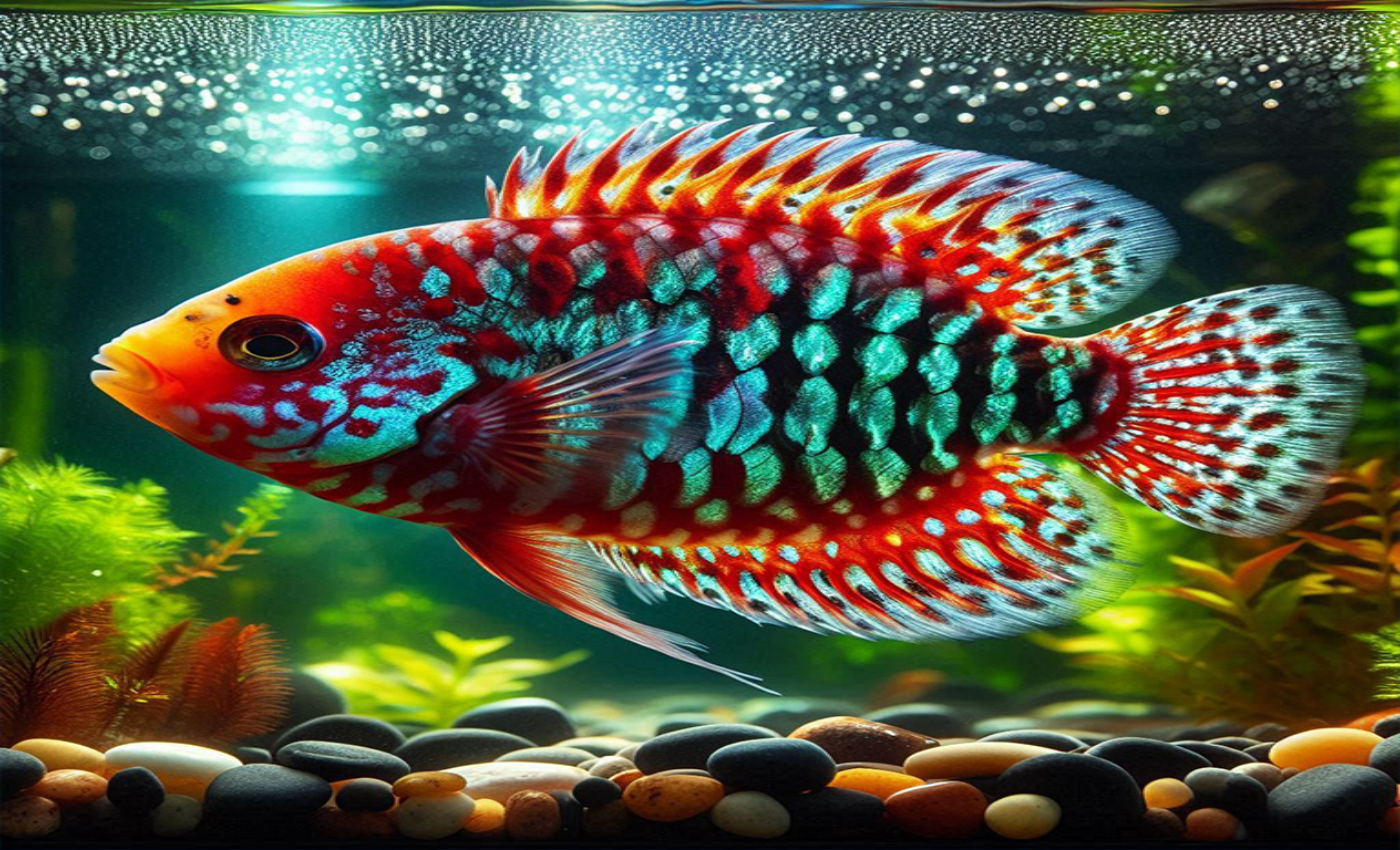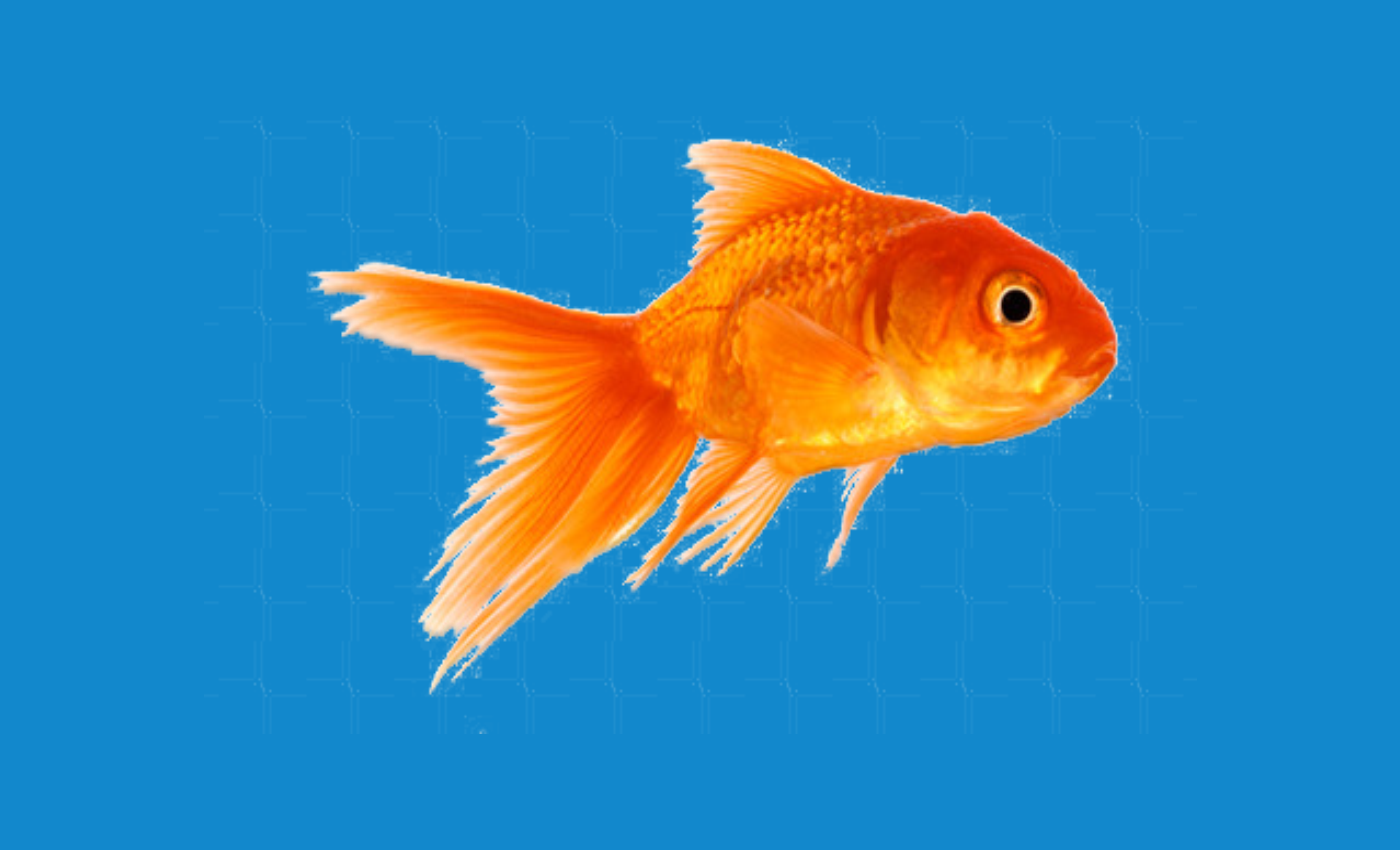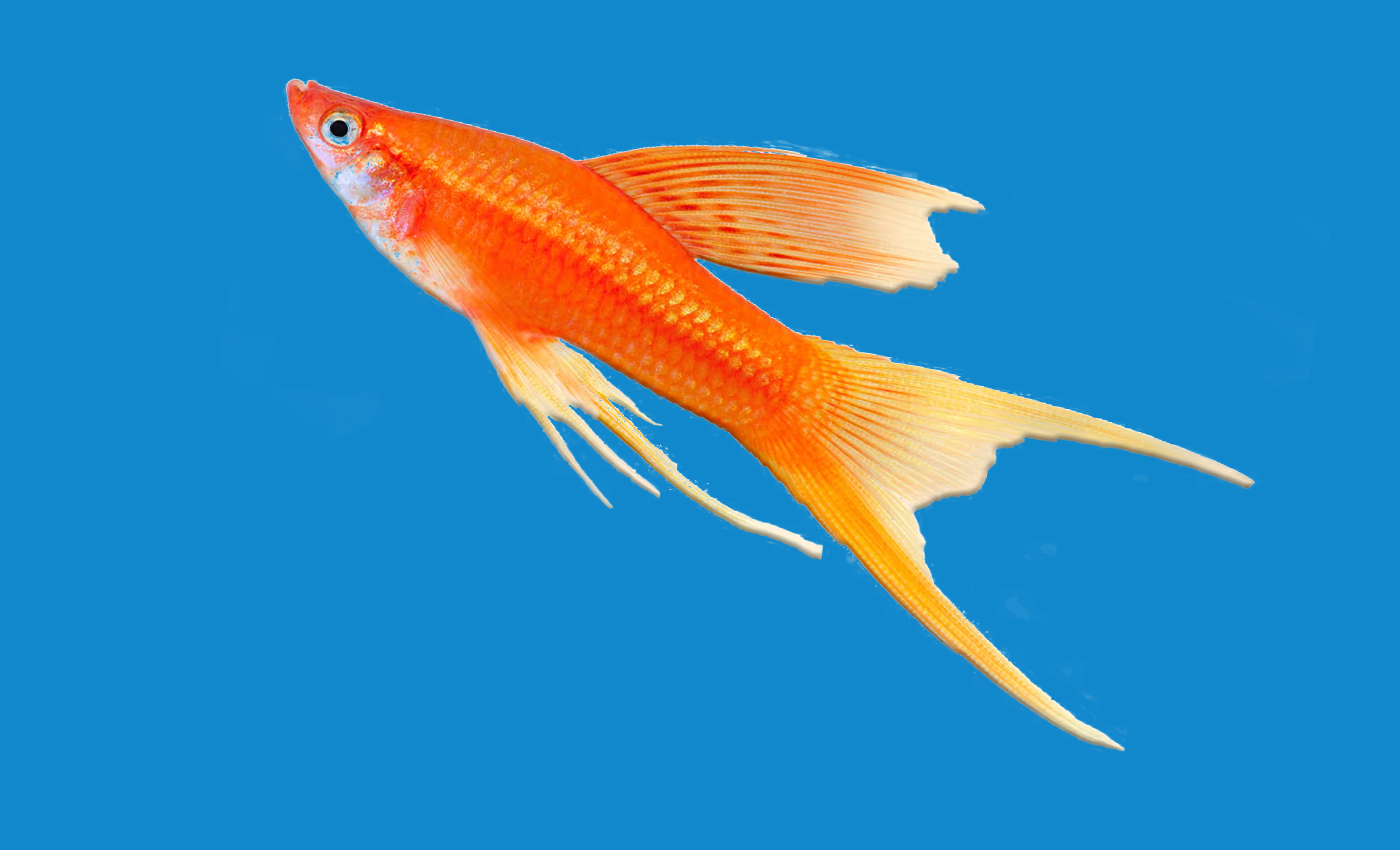Harlequin Rasboras Fish: Colorful Addition to Freshwater Aquarium

Harlequin Rasboras (Trigonostigma heteromorpha) are prized among aquarists for their vibrant colors and peaceful nature. Native to Malaysia, Thailand, and Singapore, these freshwater fish are a delightful choice for community aquariums, especially when kept in large schools.
Natural Habitat
Harlequin Rasboras thrive in freshwater environments characterized by dense vegetation and slow-moving streams. They are commonly found in peat bogs, forest pools, and streams with abundant plant cover. In the wild, they prefer habitats with soft, acidic water conditions.
Physical Characteristics
Harlequin Rasboras are renowned for their striking appearance:
- Coloration: They feature a distinctive combination of black, orange, and silver scales. The contrast between their black triangular patch near the tail and shimmering silver bodies creates a captivating display in aquarium settings.
- Size: Adults typically reach up to 5 centimeters (2 inches) in length, making them suitable for smaller to medium-sized aquariums.
- Behavior: These fish are naturally peaceful and thrive when kept in schools of at least 8 to 10 individuals. Larger schools not only enhance their social dynamics but also showcase their natural schooling behavior, where they swim together in synchronized movements.
Aquarium Care
Tank Requirements
Creating a suitable environment is essential for the well-being of Harlequin Rasboras:
Tank Size and Setup
- Minimum Tank Size: A tank with a capacity of at least 10 gallons is recommended for a school of Harlequin Rasboras. Larger tanks provide more swimming space and help maintain stable water parameters.
- Water Conditions: They prefer soft to moderately hard water with a pH ranging from 6.0 to 7.0. While they can tolerate slightly alkaline conditions up to pH 7.8, maintaining a lower pH is optimal for their long-term health and breeding success.
- Temperature: Keep the water temperature between 72°F to 78°F (22°C to 26°C), replicating their native tropical habitat.
Tank Decor
Plants and Hiding Places
- Vegetation: Provide plenty of plants such as Java moss, Anubias, and floating plants to mimic their natural habitat and offer hiding spots. Dense vegetation also helps to alleviate stress and promote natural behaviors.
- Dim Lighting: Harlequin Rasboras prefer subdued lighting conditions. Use floating plants or adjustable aquarium lights to create gentle illumination, which mimics their natural dimly lit environments.
Compatibility
Harlequin Rasboras are peaceful by nature and get along well with most other non-aggressive fish species:
- Tankmates: They are compatible with small community fish like tetras, dwarf gouramis, Corydoras catfish, and peaceful shrimp species. Avoid keeping them with larger, aggressive fish that may intimidate or prey on them.
Breeding Considerations
Harlequin Rasboras can be bred in aquarium settings under the right conditions:
- Breeding Setup: Create a separate breeding tank with soft, acidic water and densely planted areas where the female can deposit her eggs.
- Spawning Behavior: During breeding, males intensify their coloration and perform courtship displays to attract females. After spawning, remove adult fish to prevent them from consuming the eggs or fry.
- Fry Care: Newly hatched fry are tiny and require infusoria or specialized fry food until they are large enough to consume standard fish food.
Frequently Asked Questions (FAQs)
1. How many Harlequin Rasboras should be kept together?
It is recommended to keep Harlequin Rasbora in schools of at least 8 to 10 individuals. Larger schools enhance their natural schooling behavior and reduce stress.
2. What do Harlequin Rasboras eat?
They are omnivorous and accept a variety of foods including high-quality flakes, pellets, frozen or live foods such as bloodworms, brine shrimp, and daphnia. Offer a varied diet to ensure their nutritional needs are met.
3. Can Harlequin Rasboras live with other fish?
Yes, Harlequin Rasboras are peaceful and can live harmoniously with other small, non-aggressive fish species that share similar water requirements.
4. How long do Harlequin Rasbora live?
With proper care, Harlequin Rasboras can live up to 5 to 8 years in captivity, depending on water quality, diet, and environmental conditions.
5. Do Harlequin Rasboras need a heater?
Yes, they are tropical fish and require a stable water temperature between 72°F to 78°F (22°C to 26°C). A reliable aquarium heater is essential, especially in cooler climates or during seasonal changes.
Conclusion
Harlequin Rasboras are prized for their beauty, peaceful temperament, and social nature, making them an ideal choice for aquarists of all experience levels. By recreating their natural habitat and providing suitable tank conditions, enthusiasts can enjoy observing these captivating fish thrive and flourish in their freshwater aquariums.



Post Comment